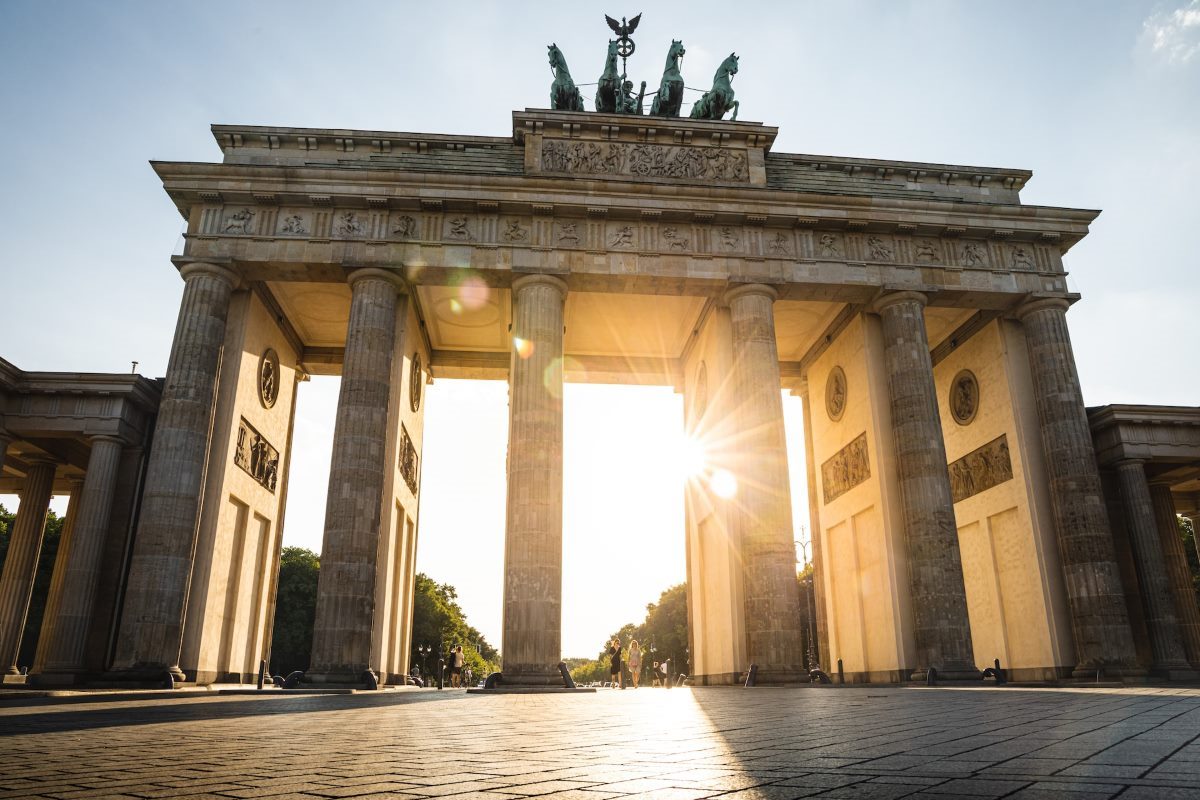The Berlin Wall, a physical and ideological barrier that divided the city of Berlin from 1961 to 1989, had a profound impact on the world. Its construction and eventual fall reshaped global politics, influenced societal changes, and had long-lasting economic consequences.
The Wall and its Creation
Following World War II, Germany was divided into four occupied zones: American, British, French, and Soviet. The city of Berlin, situated deep within Soviet-controlled East Germany, was also divided into four sectors despite being located entirely within the Soviet zone.
On August 13, 1961, the German Democratic Republic (GDR), controlled by the Soviet Union, constructed the Berlin Wall to prevent mass migration from East to West Germany. This move aimed to stop the brain drain of skilled professionals and young citizens seeking better opportunities in the West.
Social and Political Impacts
The construction of the Berlin Wall had significant social and political consequences for Germany, Europe, and the world.
1. Heightened Cold War Tensions
The Wall symbolized the stark division between the capitalist West and the communist East. It intensified tensions between the United States and the Soviet Union, leading to increased military build-up, spy operations, and an arms race. The world was gripped by the fear of a potential nuclear conflict between the two superpowers.
2. Destruction of Families and Divided Communities
The Wall separated families and friends, tearing apart the social fabric of Berlin. Families were split, with loved ones living on opposite sides and unable to visit each other. Many East Berliners who found themselves trapped in the East endured years of separation from their families in the West.
3. Restriction of Freedom
The Wall limited personal freedoms and human rights, effectively imprisoning those living in East Germany. Citizens faced strict surveillance, censorship, and limited access to the outside world. Attempting to escape across the Wall could result in severe consequences, including imprisonment or death.
4. Symbol of Resistance
The Wall also became a symbol of resistance against communist oppression. People risked their lives attempting to cross the Wall to seek freedom and a better life in the West. The stories of successful escapes and the bravery shown by those who tried inspired others worldwide.
The Fall of the Berlin Wall
On November 9, 1989, following peaceful protests and mounting pressure for change, the East German government opened the borders. This decision allowed citizens to freely travel between East and West Germany, leading to the demolition of the Wall and reunification.
1. End of the Cold War
The fall of the Berlin Wall marked the symbolic end of the Cold War. It signified the collapse of communism in Europe and the triumph of Western democratic ideals. With the reunification of East and West Germany, the Soviet Union’s grip on Eastern Europe weakened.
2. Reunification and Others Inspired
The reunification of Germany brought renewed hope and optimism for people around the world, demonstrating the possibility of peaceful change. Many in Eastern Europe also saw the fall of the Wall as a catalyst for their own revolutions against communist regimes, leading to the dissolution of the Soviet Union.
3. Economic Impact
The reunification of East and West Germany had significant economic ramifications. While it brought investments and new opportunities to the formerly communist East, it also put a strain on the West German economy. The process of merging the two vastly different economies caused soaring unemployment rates and economic challenges for Germany.
Legacy and Lessons Learned
The fall of the Berlin Wall left a lasting legacy that continues to shape the world today.
1. Emphasizing the Importance of Freedom
The fall of the Wall highlighted the power of freedom and reinforced the value of human rights. It demonstrated the yearning for personal liberty and the willingness of people to fight for their fundamental rights and dignity.
2. Lessons in Unity and Cooperation
The process of reunification taught valuable lessons about unity and cooperation in overcoming political and societal divides. The challenges that arose during the merging of East and West Germany serve as a reminder of the importance of understanding and collaboration in any reunification or rebuilding process.
3. Symbolic Icon
The remnants of the Berlin Wall still stand today as a powerful symbol of the triumph of freedom over oppression, reminding us of the consequences of division and the potential for positive change.
In conclusion, the construction and eventual fall of the Berlin Wall changed the world in numerous ways. It intensified Cold War tensions, separated families, restricted freedom, and sparked resistance. However, its fall also symbolized the end of the Cold War, inspired others across the world, and brought about significant political and economic shifts. The legacy of the Berlin Wall serves as a constant reminder of the enduring human desire for freedom and unity.

